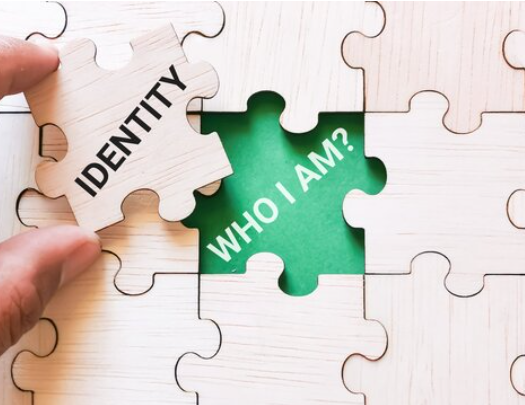Lesson 70: My salvation comes from me.
“The secret of salvation is but this: that you are doing this unto yourself.” ACIM T-27.VIII.10:1
Lesson 70 reprises what we’ve been told in Chapter 27. When the tiny, mad idea that we could separate from God was pursued by the Son of God, the memory of God was planted within the Mind. More accurately, the knowing of God can never be extracted from that which is Undifferentiated Oneness. It can be imagined that a split occurs, but a split cannot be accomplished in Reality.
A Course in Miracles is a spiritual psychotherapy. It addresses the mental deception we permit our Self to be drawn into. Following the temptation to experience godliness outside of Godliness leads to an experience of identity. There is no identity in God Mind, just Being. Being is Loving, Luminous, Life. Being is Beautiful, Powerful, Inclusive. Being is Timeless, Formless, Changeless yet Dynamic, Vital, Alive!
Jesus explains in Lesson 70 that God put salvation where it is truly helpful: in the mind. The ego teaches us salvation is out in the world, external to us. That keeps us on a hamster wheel of extremely limited awareness. Learning that “My salvation comes from me” is the realization that the mental state of guilt, over-responsibility (for something that is imaginary and has not really occurred) and the madness that results can be healed — if we turn inward to the mind for the healing. This is taking responsibility versus codependently insisting we’re responsible for something that has not happened (we’re out-picturing an inward condition ,i.e., hallucinating).

“Salvation comes from me” is the recognition that we have the power of decision. We have free will to stop choosing the ego as our teacher. Towards the end of his life, Ken Wapnick gave a workshop called “Healing: The patient must minister to himself,” described on his website this way:
Healing of others can never occur without the Holy Spirit’s healing extending through us. This 2012 workshop therefore focuses on the necessity of bringing to Him our ego thoughts so that His healing light can dissolve the darkness of our mind’s guilt. As the Psychotherapy pamphlet says: “Only the mind can be sick, only the mind can be healed.”
Moreover, since we are almost totally identified with the mindless body, indirect learning is needed wherein we focus on the worldly experiences of our special relationships as the means of leading us back to the decision-making mind so we can choose again: forgiveness over judgment, healing over sickness.
Physician, healer, therapist, teacher, heal thyself. Many will come to you carrying the gift of healing, if you so elect. The Holy Spirit never refuses an invitation to enter and abide with you.… Whoever He sends you will reach you, holding out his hand to his Friend. Let the Christ in you bid him welcome, for that same Christ is in him as well.… Remember the plan of God for the restoration of joy and peace. And do not forget how very simple are the ways of God:
You were lost in the darkness of the world until you asked for light.
And then God sent His Son to give it to you.
Read More











